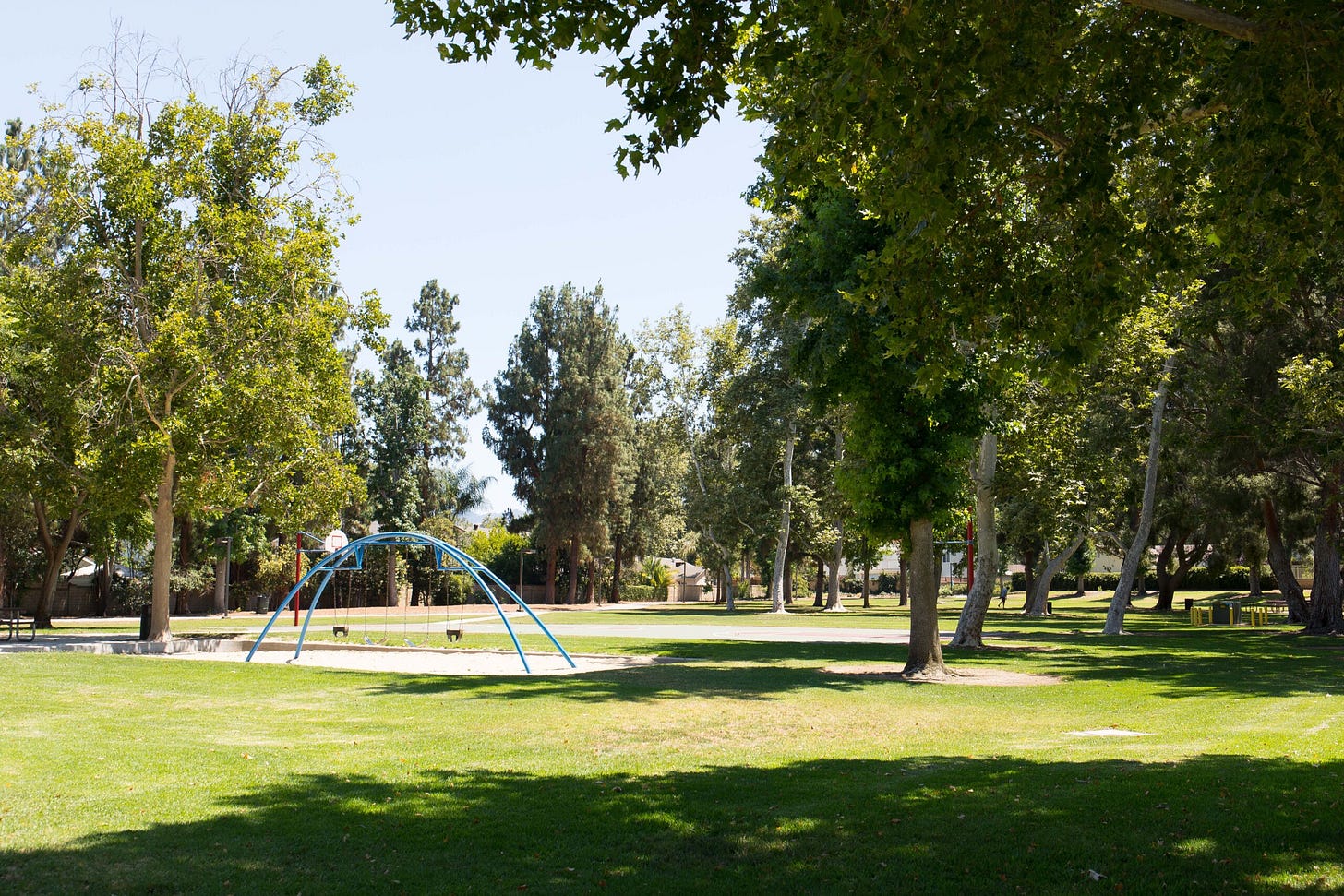UPDATES & ANNOUNCEMENTS
We built a website: birding.website. The URL was chosen as a clunky (or elegant) reminder that cyberspace should be a place you visit, not live in. More here.
Early access was granted to paying members + balaclava waitlisters, and those first-wavers nearly exhausted our digital bazaar! (Thank you for your support, you animals!)
But fear not, others of you seeking to add a handmade touch to your next act of resistance! Some late-winter delights remain. Have an e-visit, then GO OUTSIDE!!!
MICRO-SEASON: FEB 17 - MAR 9
Does your careerist coworker’s endless talk about the “end of Q3” make you want to puke? Do Sundays scare you? Is time starting to feel like a flat, lifeless square? You just might need to inhabit a micro-season! MSs come straight from the source, the great unity, the only god of which there’s proof: Mother Nature 🙇
This micro-season, in McGolrick Park (our proxy for NYC and perhaps even larger swathes of the eastern U.S.), one noticed:
First of season northbound Canada Geese · First False Spring · Daffodil Shoots appear · Grass sprouts · Mourning Doves more frequently sing
As for McGolrick birds, we noticed:
Merlin · American Kestrel · Dark-eyed Junco · White-throated Sparrow · Song Sparrow · Tufted Titmouse · White-breasted Nuthatch · Common Grackle · Red-winged Blackbird · Red-tailed Hawk · Cooper’s Hawk · Downy Woodpecker · Red-bellied Woodpecker · Northern Flicker · Yellow-bellied Sapsucker · Northern Cardinal · Blue Jay · Fish Crow · American Crow · Double-crested Cormorant (flyover) · Canada Goose · Plus the virtually always present in urban parks: Rock Pigeon, European Starling, American Robin, House Sparrow and Mourning Dove
Merlin? Kestrel? Huh? Review our falcon lesson here
You should be able to recognize the common, year-round Canada Goose. In winter, birders keep an eye out for the odd, sneaky Cackling Goose among them. Snow Geese too, though they’re conspicuous. Brants are a common site along the city’s winter waterways—and they’re real pretty. That’s it! You now have a feel for all of NYC’s goose species
Current Japanese micro-seasons: Mist starts to linger & Grass sprouts, trees bud & Hibernating insects surface & First peach blossoms!
MICRO-LESSON: LIKELIHOOD CHARTS
When birders say "eBird," they’re either talking about the on-the-go app used to log the species they notice, or the ocean-like database generated by that app, at ebird.org.
If that database is an ocean, then hidden among its depths are treasures worth a dive. Not least of them: the emerald green bars that make up parks’ bird likelihood charts! Observe (this screenshot of McGolrick Park’s):

😳: What am I looking at?
🧑🏫: The X-axis represents the months of the year, and the Y-axis represents bird species. Each bar’s heights represents the number of records in a week.
So, yeah, it’s numbers nerd stuff. (No offense, geekwads!) … Geek or no, if you’re new to birdwatching, these charts can be useful study and preparatory tools. For example, what do we notice in the above charts?
American Robin and House Sparrow species are not only present, year-round—their high bars indicate that those species are virtually omnipresent
Downy Woodpeckers are also present year-round, but—see their shorter bars?—they’re not as common as the above species
Red-bellied Woodpeckers, White-throated Sparrows, Cooper’s Hawks—some of our winter staples will, in short order, fly away from McGolrick Park! 👋 😭 🤧
Dark-eyed Juncos and Song Sparrows return to McGolrick Park in March after months long absences*. Can you distinguish them from other sparrows? Do you know the Junco rattle call? Better learn ‘em, quick!
Amazingly, you can get bird likelihood charts for virtually any park on earth! Do this:
Go here, then plug in the park you played in as a kid, page top-right
Find and click “Bar Charts” in the results window
It might take a second to load—just wait
Turn up this heater and get teary-eyed for all the bird species who, unbeknownst to young you, watched you grow up 👋 😭 🤧






